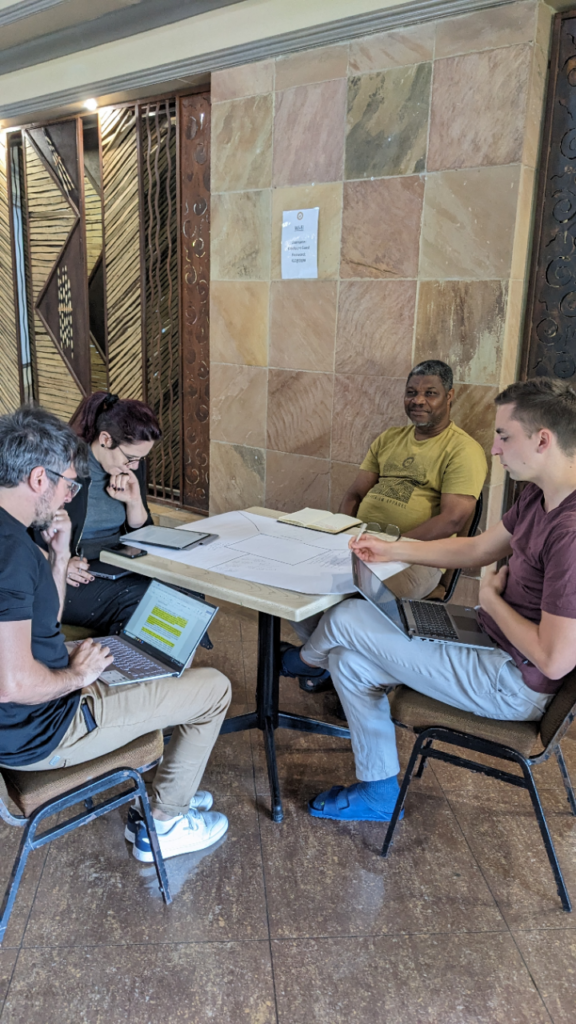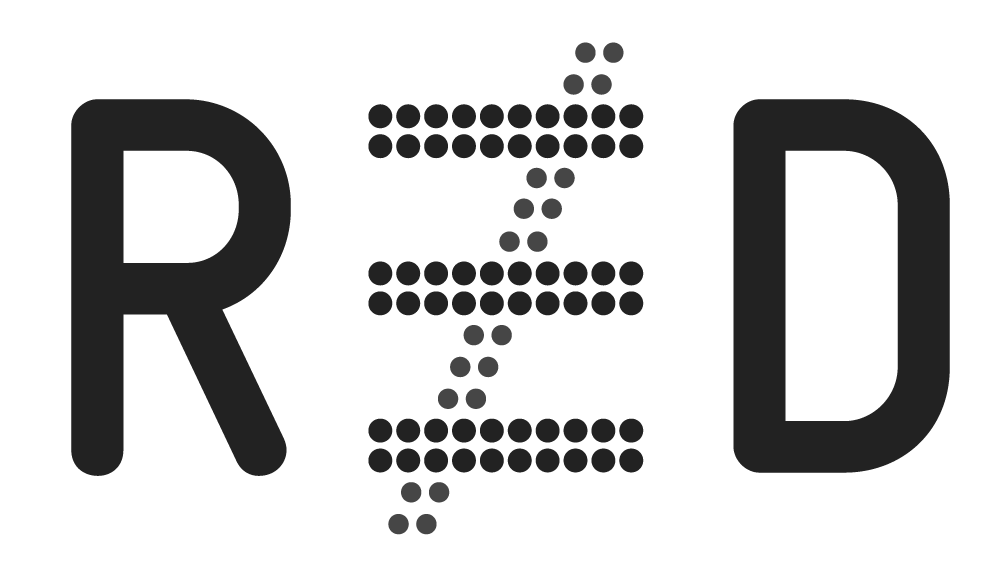Embracing the importance of peer feedback, the RED team devoted a full day during an on-site meeting in November 2023 in Pretoria, South Africa on intensively discussing publication drafts. Although there were initial hesitations about the method, the team found this collaborative exchange of perspectives to be truly enriching. It helped both the experienced RED team members as well as the doctoral students to strengthen their arguments.
This post aims to encourage research teams to use peer feedback as a tool to give and receive constructive criticism. It gives an overview of the method and describes our experiences.
1. Preparing feedback
In the preparation phase everybody reads the texts to be discussed. These guiding questions may help to take notes for the feedback:
- I like very much…// I want to highlight…
- I did not quite understand…
- You might want to add this idea/reference … to your text
Our experience: A thorough preparation was very helpful to give profound feedback. The guiding question helped to draw the attention to the strong sides of the paper and to give precise tips as to what could be improved and how.
2. Giving feedback
The peer feedback session can then be conducted using the placemat method. This is how this method can be done:
Prepare a piece of flipchart paper for taking notes:

One author hosts the peer feedback session. They sit with 2-3 discussants with the flipchart prepared as shown, spread on the table. The feedback can be conducted like this:
- Stage one: 10 Min – Discussants write individual notes on flipchart in their individual field (notes discussant 1 + 2). You may want to use your notes that you have prepared in the preparation phase. Everybody sticks to their own notes, there is no discussion yet.
- Stag two: 10 Min – Discussants share their ideas on the draft and take notes on (new) ideas in the field joint notes. The author listens and takes individual notes, but should not engage in the discussion. This is crucial because we all tend to defend our texts and ideas rather than truly listen to each other.
- Stage three: 15 Min – The author can engage in the discussion. Everybody continues adding notes to field joint notes.
This process can be repeated for several rounds – two or three rounds are suggested – with the author remaining at the table and the discussants moving on to another table with another hosting author. The same flipchart is used throughout the multiple rounds, with each set of discussants adding to the previous notes.
Our experiences: The clear structure of this method helped us to give valuable feedback without losing track of time. We managed to provide feedback on a number of papers without favouring or disadvantaging any one text.
We particularly liked the fact that the author was asked to listen and not to join in the discussion from the start. This prevented the author from the feeling that they had to justify or explain themselves. Nonetheless, it turned out that the authors sometimes starting taking part in the discussion in the second stage already not wanting to wait until stage three.
Notetaking on the flipchart was helpful to structure the feedback. Using the same flipchart throughout several rounds can led to ‘messy’ but indeed rich notes that the authors wished to keep for reviewing the text afterwards. We didn’t use the joint field much, mainly because there was not one joint conclusion drawn from the discussion.

